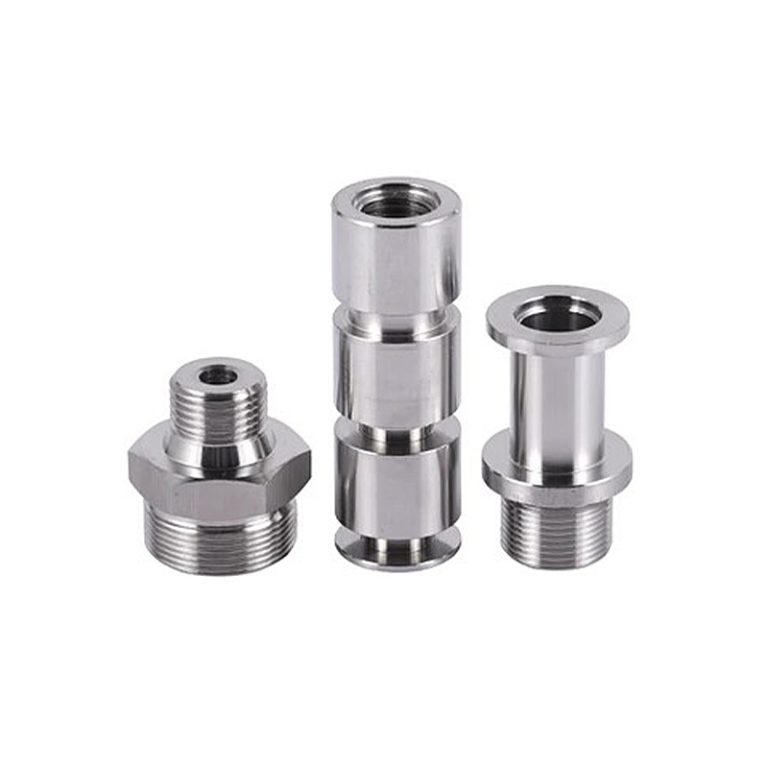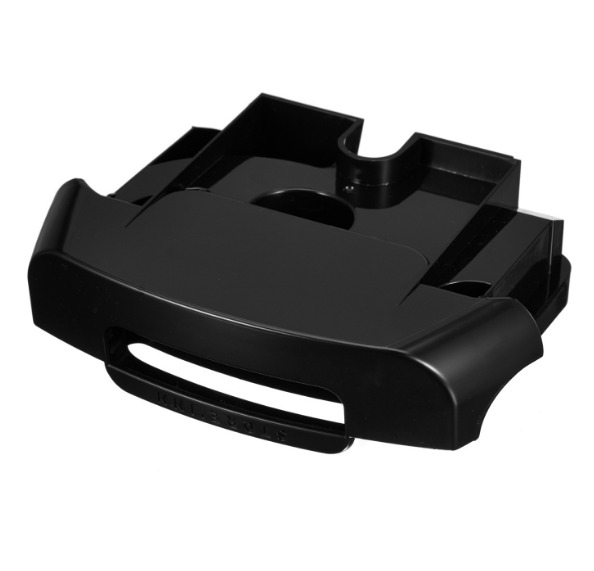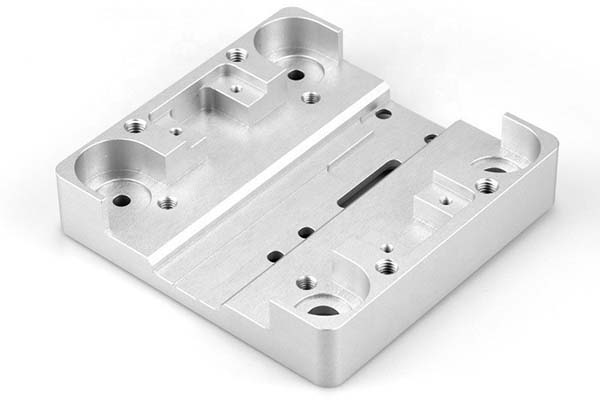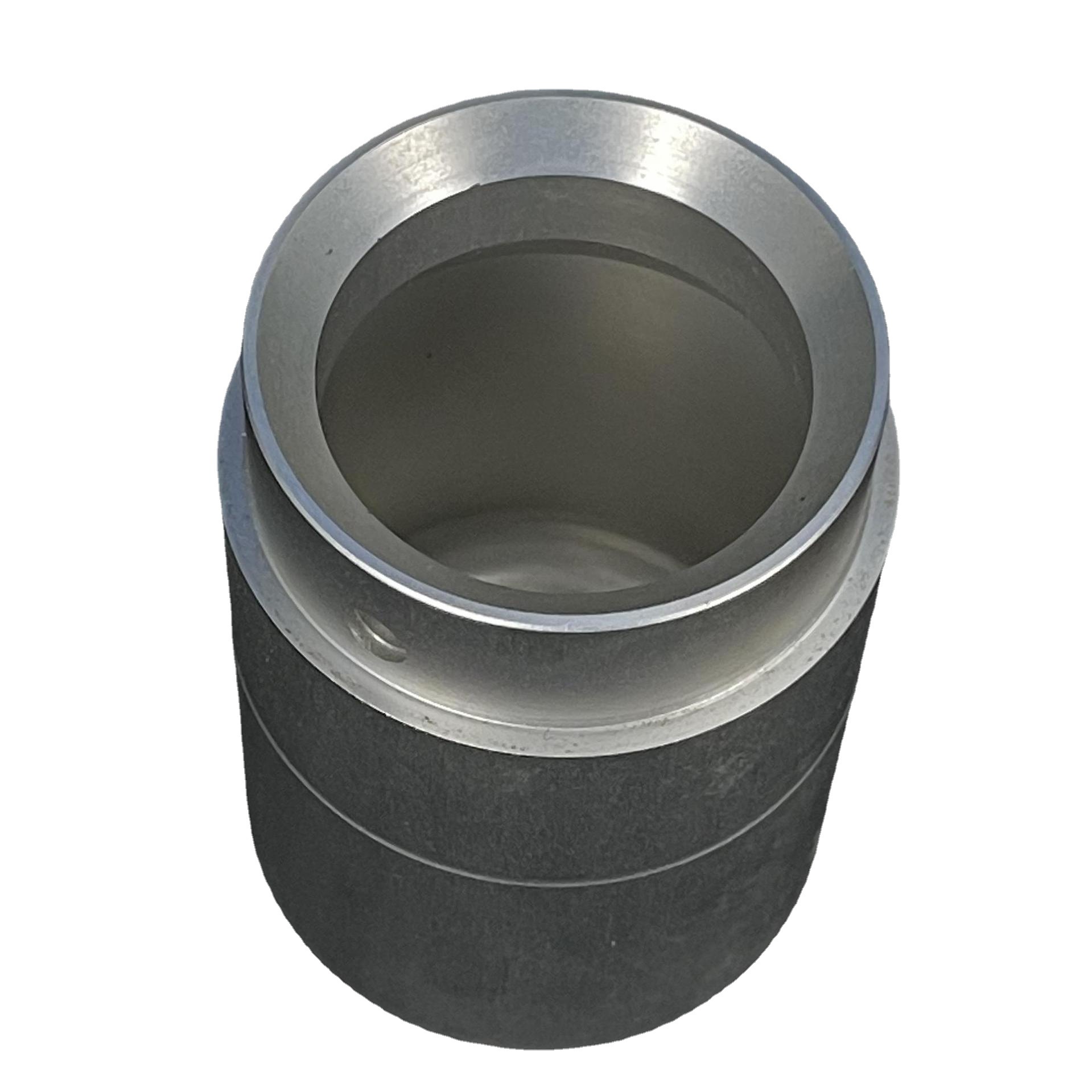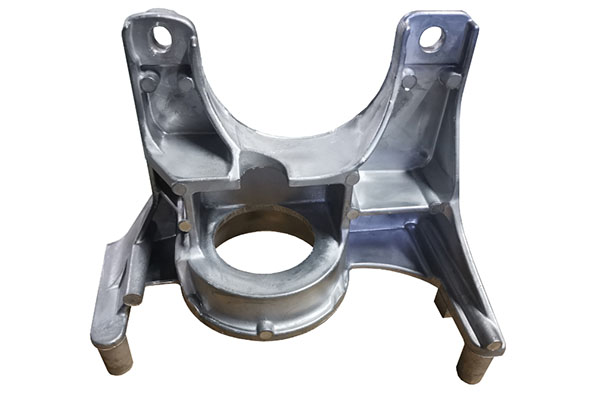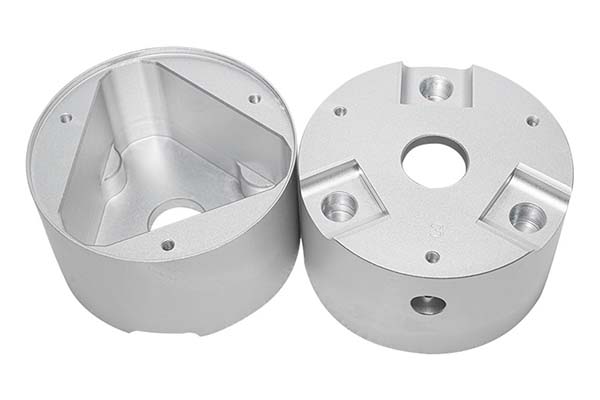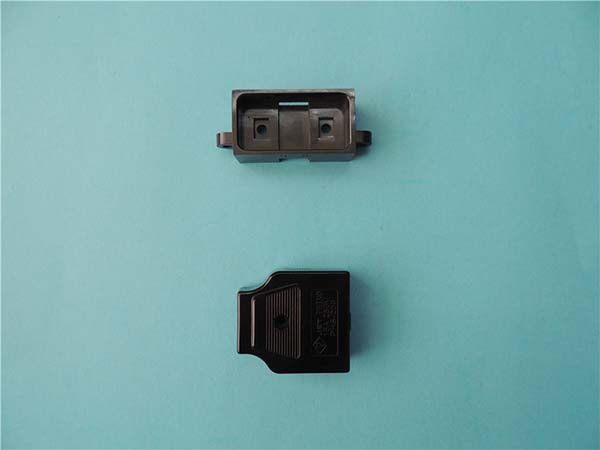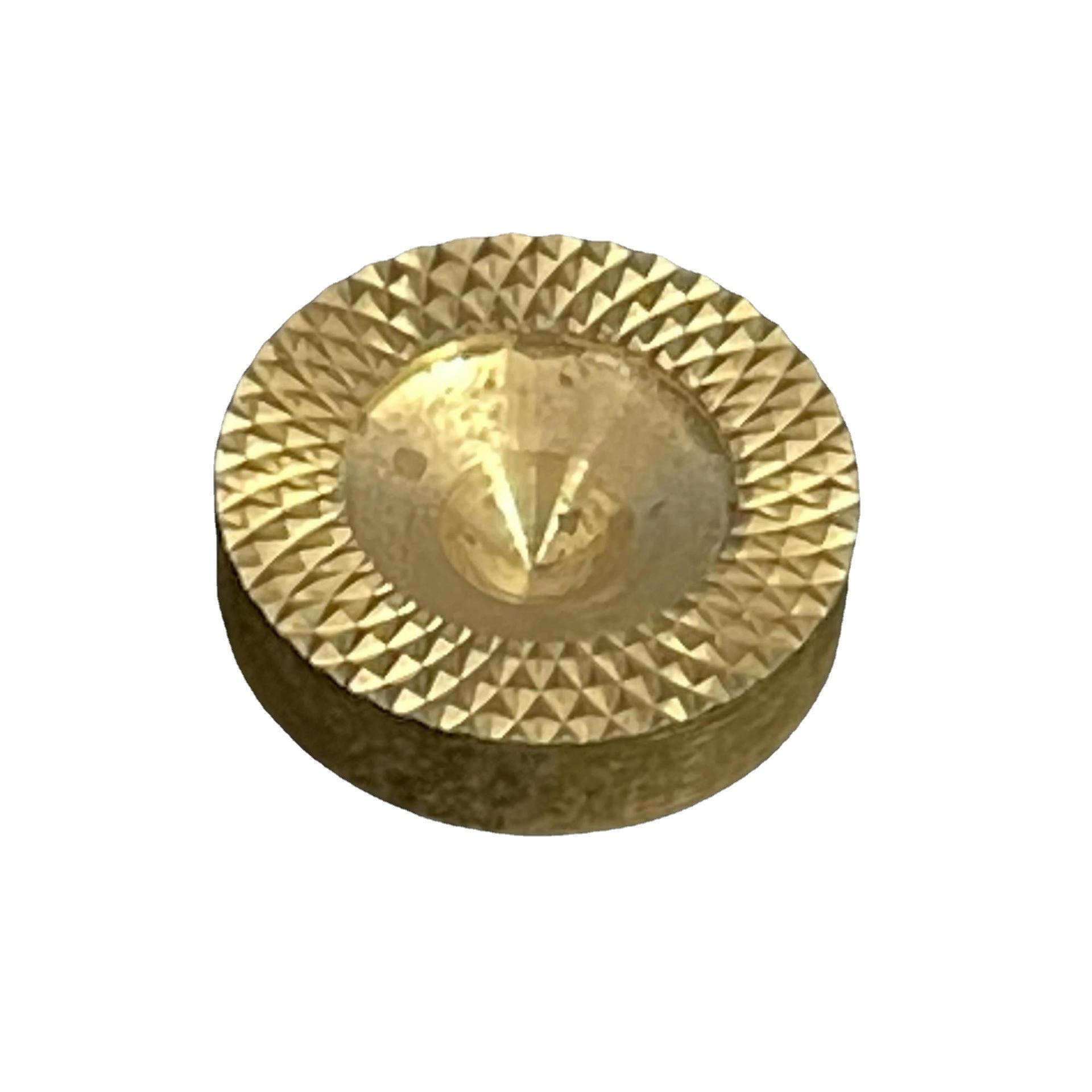Picture this: You’re machining a critical nylon component for a medical device, and halfway through the process, the part melts around the tool, ruining hours of work. Or maybe you’re turning acrylic for a consumer product, only to find the surface finish is marred by chatter marks that make the part unmarketable. These scenarios are all too common in plastic turning—according to a 2024 survey of manufacturing professionals, 42% cite poor surface finish as their top challenge, while 35% struggle with material melting. Unlike metal, plastic has unique properties that make turning a delicate balancing act. From choosing the right cutting tools to setting optimal spindle speeds, every step matters. In this guide, we’ll walk you through everything you need to know to achieve clean cuts, tight tolerances, and consistent results when turning plastic.
Material Characteristics: Understanding the Plastics You’re Machining
Not all plastics are created equal, and knowing their properties is key to successful turning:
- Acrylic: A hard, brittle plastic with excellent optical clarity. It has a low melting point (around 160°C) and can crack if fed too quickly. Its machinability rating is high, but it requires sharp tools to avoid chipping.
- Polycarbonate: Impact-resistant and flexible, with a higher melting point (220°C) than acrylic. It’s prone to built-up edge (BUE) on tools, which can ruin surface finish.
- ABS (Acrylonitrile Butadiene Styrene): A common engineering plastic with good machinability. It has moderate thermal conductivity, so heat buildup is a concern during prolonged cutting.
- Nylon: A tough, wear-resistant plastic that absorbs moisture, which can affect dimensions. It melts at 220–260°C and requires proper coolant use to prevent gumming.
- PTFE (Teflon): Slippery and heat-resistant (melting point 327°C), but soft and prone to deformation during chucking. Its low hardness makes it challenging to hold tight tolerances.
The table below compares key properties affecting turning:
| Plastic | Melting Point (°C) | Hardness (Rockwell) | Machinability Rating* | Key Challenge |
| Acrylic | 160 | M90 | 8/10 | Chipping, melting |
| Polycarbonate | 220 | R118 | 7/10 | Built-up edge |
| ABS | 105–120 | R100 | 9/10 | Heat buildup |
| Nylon | 220–260 | R112 | 7/10 | Moisture absorption |
| PTFE | 327 | D50 | 5/10 | Deformation during clamping |
*Higher = easier to machine
Turning Processes: Techniques for Plastic
Plastic turning requires adjustments to standard metalworking processes:
- Rough turning: Removes most material quickly, but with plastics, feeds and speeds must be higher than for metal to avoid melting. For ABS, a spindle speed of 2,000–3,000 RPM and feed rate of 0.1–0.2 mm/rev works well.
- Finish turning: Focuses on surface quality. For acrylic, a sharp tool with a high rake angle (15–20°) and slow feed rate (0.05–0.1 mm/rev) produces a glass-like finish.
- Thread cutting: Plastics like nylon require finer threads than metal to prevent stripping. Using a single-point tool with a 60° included angle and lubricant (like mineral oil) reduces friction.
- Taper turning: Angled cuts on polycarbonate need steady feeds to avoid chatter. A 0.5° taper on a 100mm part can be achieved with precise tool alignment.
CNC turning offers advantages for plastics, as it maintains consistent feeds and speeds—critical for avoiding heat-related defects. One study found CNC turning reduced scrap rates for plastic parts by 30% compared to manual lathe turning.
Tool Selection: Choosing the Right Cutters for Plastics
Plastic turning demands tools designed to minimize heat and friction:
- Carbide inserts: Uncoated carbide works best for most plastics, as coatings can cause adhesion. A neutral or positive rake angle (10–15°) reduces cutting forces.
- High-speed steel (HSS) tools: Good for low-volume jobs or soft plastics like PTFE. They stay sharp longer than carbide when cutting abrasive-filled plastics.
- Diamond tools: Polycrystalline diamond (PCD) tools are ideal for high-volume acrylic turning, as they maintain sharpness and produce mirror finishes. They’re expensive but last 10–20x longer than carbide.
- Tool geometry: A large relief angle (8–12°) prevents the tool from rubbing against the part, reducing heat. For flexible plastics like nylon, a rounded nose (0.4–0.8mm radius) minimizes tearing.
Tool life for plastics is generally longer than for metal, but checking for wear is still important—even a small nick can cause chatter on polycarbonate.
Machine Setup: Getting Your Lathe Ready for Plastic
Proper setup prevents many common plastic turning issues:
- Chucking: Soft jaws lined with rubber or brass prevent marring on acrylic and polycarbonate. For thin-walled parts, using a collet instead of a three-jaw chuck reduces distortion.
- Spindle speed: Plastics require higher speeds than metal to keep cutting time short (reducing heat). A 50mm diameter ABS part turns well at 2,500 RPM, while PTFE needs 3,000–4,000 RPM.
- Coolant use: Water-soluble coolants can cause swelling in nylon, so air cooling or mineral oil is better. For acrylic, air blasting removes chips without risk of staining.
- Fixture selection: Custom fixtures for irregularly shaped plastic parts improve stability. One manufacturer of electrical components reduced vibration by 60% with 3D-printed plastic fixtures.
Workholding devices should apply even pressure—over-tightening PTFE can cause it to deform by 0.5mm or more, ruining dimensional accuracy.
Quality and Surface Finish: Achieving Perfect Plastics
Plastic parts are often visible in end products, so appearance matters:
- Surface finish: Acrylic can achieve Ra values as low as 0.02μm with PCD tools, suitable for optical applications. ABS typically finishes at Ra 0.4–0.8μm for consumer products.
- Tolerance: Most plastics can hold ±0.02mm tolerances, though PTFE may only achieve ±0.1mm due to its flexibility. Nylon parts should be measured after 24 hours to account for moisture absorption.
- Defects to watch for:
- Burns: Brown spots from overheating—fix by reducing spindle speed or increasing feed rate.
- Chatter marks: Wavy surfaces from vibration—solve with firmer clamping or lower speeds.
- Chipping: Common in acrylic—use a sharper tool and slower feed.
Inspection methods include visual checks with a 10x magnifier for surface defects and calipers or micrometers for dimensions. For critical parts like medical devices, a CMM ensures compliance with tight tolerances.
Applications: Where Turned Plastic Parts Shine
Turned plastic parts are everywhere, from everyday items to high-tech devices:
- Medical devices: Nylon bushings and PTFE seals in surgical tools, where chemical resistance and biocompatibility are key.
- Automotive parts: ABS knobs and polycarbonate light housings, turned to precise dimensions for easy assembly.
- Electrical components: Acrylic insulators and nylon threaded adapters, requiring clean finishes to prevent arcing.
- Consumer products: Acrylic knobs, polycarbonate lens covers, and nylon gears in appliances and toys.
Custom manufacturing often relies on plastic turning for prototypes, as it’s faster and cheaper than injection molding for small runs. One product designer reduced prototype lead time by 50% using CNC turning for plastic parts.
Yigu Technology’s Perspective
As a leading custom manufacturing supplier in China, Yigu Technology specializes in precision plastic turning for diverse industries. We select tools based on plastic type—using PCD tools for acrylic and carbide for ABS—and optimize spindle speeds and feeds to prevent defects. Our CNC lathes with air-cooling systems ensure consistent surface finish, while our quality control team uses advanced measurement tools to verify tolerances. Whether producing 10 or 10,000 parts, we prioritize the unique needs of plastic machining to deliver components that meet your exact specifications.
FAQ
- What’s the best coolant for turning plastic?
For most plastics, air cooling or dry cutting works best. If coolant is needed (e.g., for high-speed turning of nylon), use mineral oil or a water-free lubricant to avoid swelling or staining.
- How do I prevent acrylic from chipping during turning?
Use a sharp, high-rake-angle tool (15–20°), slow feed rates (0.05–0.1 mm/rev), and soft-jaw chucking. Keeping the tool aligned precisely with the part’s centerline also reduces chipping.
- Can I achieve the same tolerances in plastic as in metal?
Plastics can hold tight tolerances (±0.02mm for acrylic and polycarbonate) but may vary with temperature and humidity. For critical applications, design in allowances for thermal expansion and moisture absorption.
